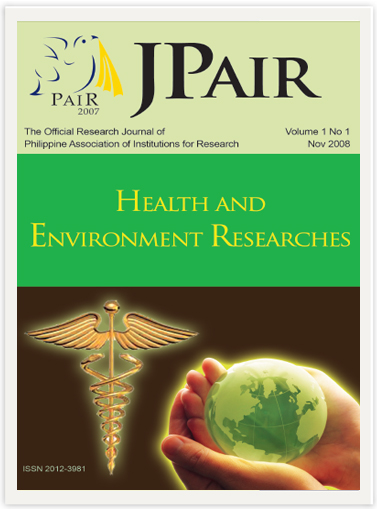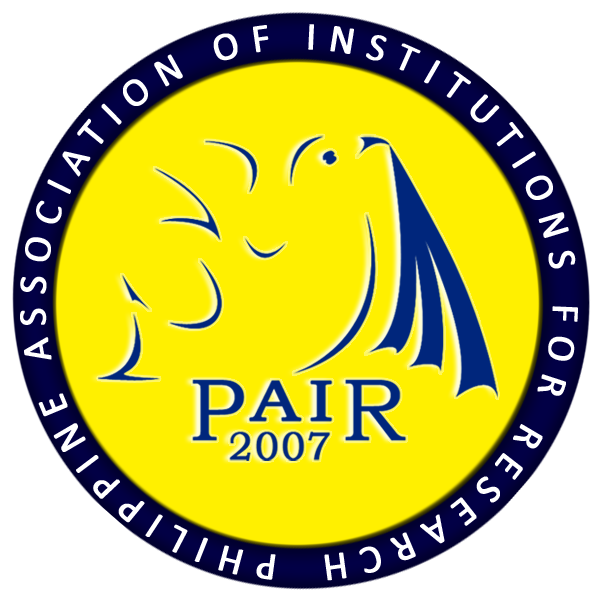Taxonomy and Biometrics of Tarsius syrichta (Tarsier) at Barangay Bayanga, Cagayan de Oro City
DOI:
https://doi.org/10.7719/jpair.v1i1.44Keywords:
Tarsius syrichta, Philippine tarsier, Biodiversity conservation, Habitat destruction, Endangered speciesAbstract
The study aimed to capture tarsiers in Cagayan de Oro City, assess their population, identify their morphological and biometric characteristics, and determine potential threats to their survival. The research was conducted in Sitio Tagbocboc, Barangay Bayanga, using the Plot Sampling Method (PSM) to quantify tarsier populations and classify habitat types (agricultural land, partially cultivated land, and forested areas). The Cruise Sampling Technique (CST) was also used for random collection of ground and arboreal mammals. Results revealed that the tarsiers in Cagayan de Oro were morphologically distinct from those in Bohol and were classified as Tarsius syrichta. These tarsiers are highly vulnerable and face significant threats of becoming endangered due to illegal logging, slash-and-burn farming (kaingin), hunting, and forest conversion into agricultural land. Maintaining diverse plant species is crucial for the survival of Tarsius syrichta, locally known as "maamag." The study emphasizes the pride of Kagay-anons in hosting the world’s smallest primate but highlights the immense responsibility of protecting this unique species. Conservation efforts must address these threats to ensure biodiversity preservation for future generations.
Downloads
References
Aquino, R., & Encarnación, F. (1994). Owl monkey populations in Latin America: Field work and conservation. In J. F. Baer, R. E. Weller, & I. Kakoma (Eds.), The Owl Monkey (pp. 59–95). Academic Press, New York.
Downloads
Published
Issue
Section
License
Copyright (c) 2008 Edgar R. Vasallo Jr

This work is licensed under a Creative Commons Attribution-NonCommercial 4.0 International License.
Open Access. This article published by JPAIR Multidisciplinary Research is licensed under a Creative Commons Attribution-Noncommercial 4.0 International (CC BY-NC 4.0). You are free to share (copy and redistribute the material in any medium or format) and adapt (remix, transform, and build upon the material). Under the following terms, you must give appropriate credit, provide a link to the license, and indicate if changes were made. You may do so in any reasonable manner, but not in any way that suggests the licensor endorses you or your use. You may not use the material for commercial purposes.




















